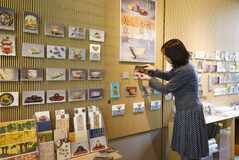Postcards / Tokyo
Petit prints
In an age of email the postcard is threatened in some quarters but not in the museum world, where they remain big business. Monocle meets the teams behind some of the world’s mini masterpieces.
At a small printing factory in eastern Tokyo a group of men are huddled over a number of seemingly identical pictures. They’re scrutinising different versions of a set of postcards that have been ordered for a new exhibition – “The Art of the Daimyo Tea Masters” – on the other side of town at the Nezu Art Museum. One of the print workers is standing at what looks like a music producer’s mixing desk, tweaking the colour balance and test-printing repeatedly until everyone agrees that the eight images, all printed on a single sheet, can’t be bettered.
Daito Bijutsu is a nine-man operation run by Kenji Maeda, who has been with the company for 25 years. This particular printing job has come their way via Tokyo Inshokan, a bigger operation that specialises in art books and catalogues. When it comes to postcards, Inshokan calls on the expertise and “baby” printers (in this case a Komori Lithrone 426) of smaller outfits such as Daito. For most exhibitions, Inshokan expects to print anywhere from 2,500 to 5,000 postcards and 10,000 for more popular shows.
Producing a perfect colour balance for a delicate artwork requires a skilled eye, even in the age of digital printing. “It’s very difficult to replicate an artist’s subtlety,” says Inshokan’s Akihiko Imakiire, who is here to oversee proceedings. He rates Japanese art printing as the best in the world. Maeda agrees. “It’s not just the hardware – the printing machines – which is good,” he says. “It’s the human side too.”
The Nezu, which first opened in 1941, is one of the most beautiful museums in Japan. Set in a stunning Japanese garden in the centre of Tokyo, it was recently rebuilt by the architect Kengo Kuma. Since it reopened in 2009, visitor numbers have doubled to 180,000 a year. The small shop has become big business for the museum where nearly one million postcards are now sold annually.

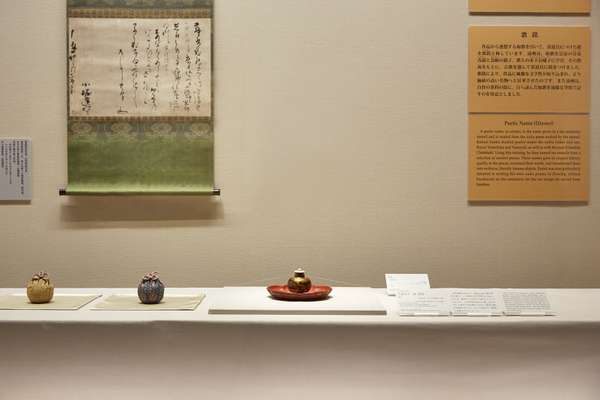
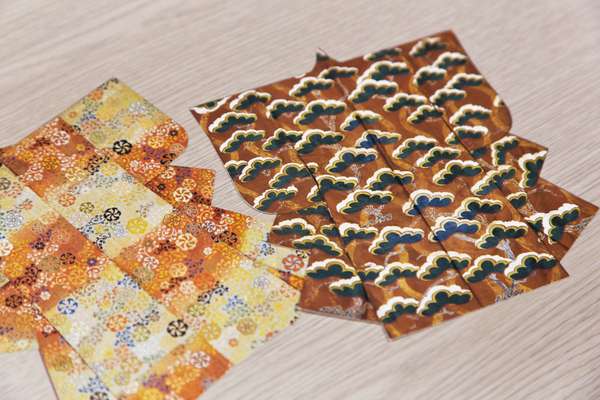
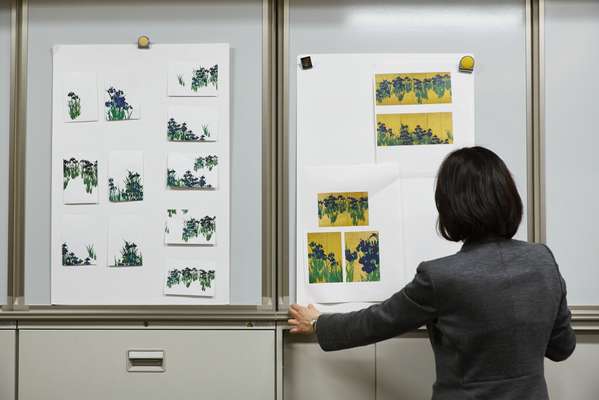

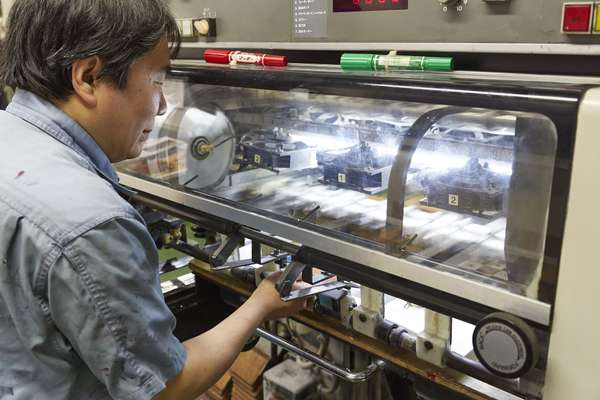
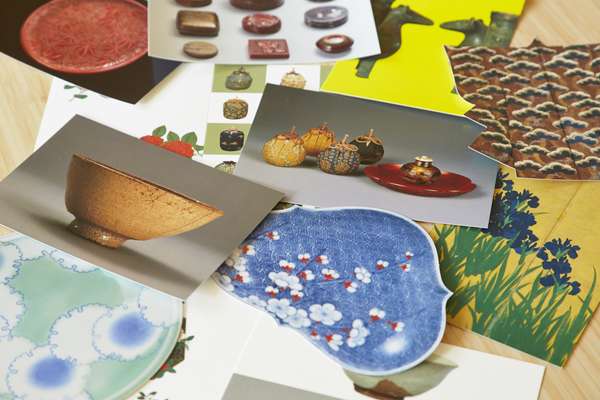
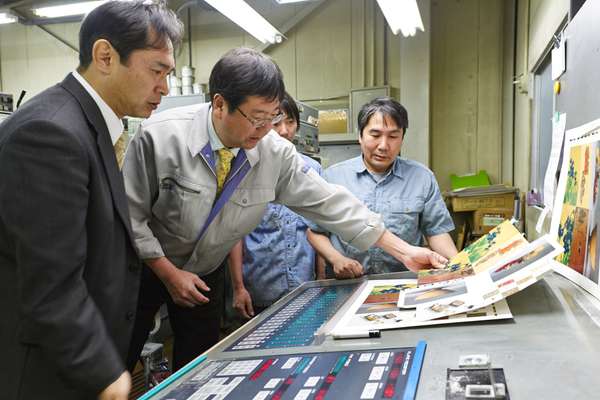
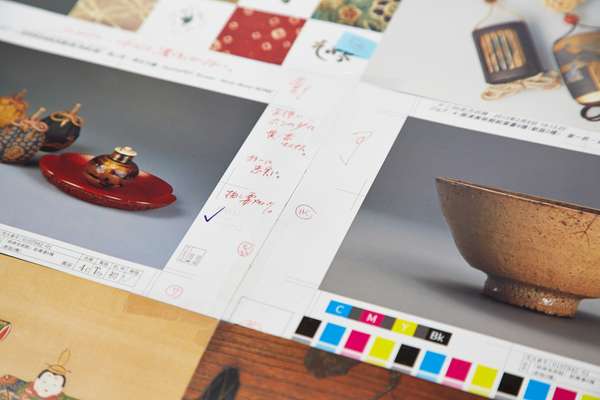

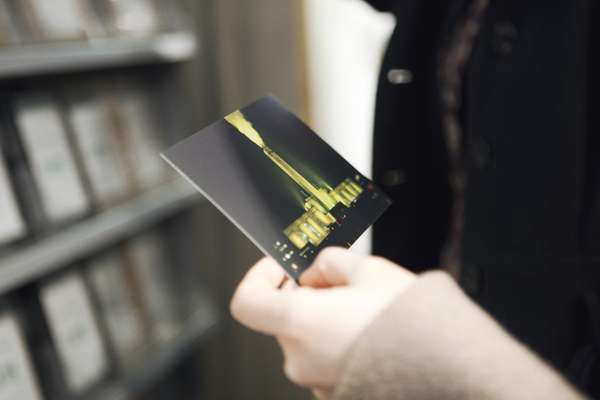
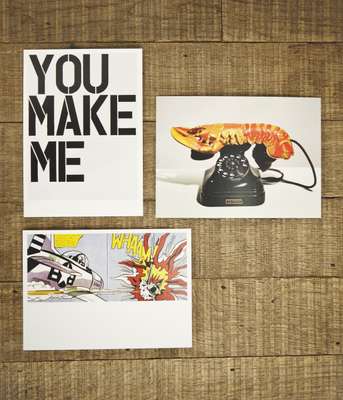
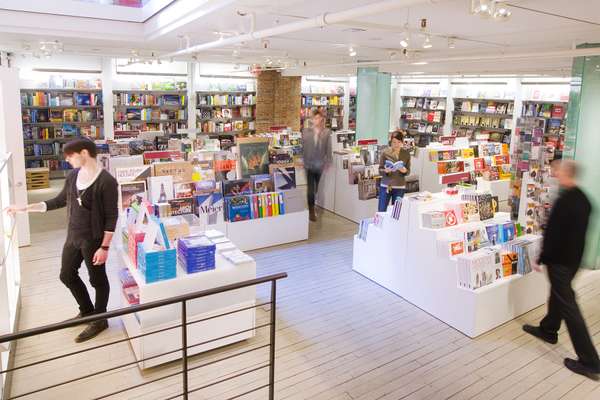
“Before the museum reopened we decided to throw away the existing inventory of postcards and start afresh,” says chief curator, Shigeru Matsubara, a specialist in Japanese painting who was headhunted to join the museum after 35 years at the Tokyo National Museum. The goal was to print 100 new postcards. The museum’s eight curators each made their pick and the staff debated the merits of each one. Curators also select the images for temporary exhibitions and work closely with the printers on the colour correction.
There are more than 7,000 pieces in the Nezu collection, ranging from sculpture and ceramics to paintings, textiles and calligraphy. The person in charge of turning these artworks into gifts, calendars and postcards is Mamiko Arakawa, who has been with the museum for over 20 years. “I assist the curators with the display so I have direct contact with the works,” she says. “I’m always thinking about what might work well as a postcard.”
The museum has its postcard superstars, none more popular than the Irises screen painted by Ogata Korin in the 18th century and one of the museum’s seven officially designated National Treasures. The Irises screen comes out once a year (to coincide with the flowering of the irises in the garden) and is the most popular exhibition of the year, pulling in up to 80,000 visitors. Cards of the screen in close-up and in landscape format are top sellers all year round but for this year’s show, Arakawa decided to print a selection of details on white cards, a technique that has proved popular.
In Japan, where people still send seasonal cards, images of cherry blossoms and autumn leaves sell well. Some subjects, however, don’t. “Sadly calligraphy is one of them,” Matsubara laments drily of his other area of expertise.
“I’m a big user of postcards,” says Matsubara who, not surprisingly for a calligraphy expert, has beautiful handwriting. He came up with the idea for another of the museum’s big sellers – a group of tea caddy covers popular with the tea practitioners who flock to this museum (they’re easy to spot – they come in kimonos). Arakawa has been the quiet innovator, introducing cards shaped like kimonos and doing her own drawn version of an ancient sheep-shaped Chinese bronze and turning it into an unofficial mascot for the museum. “We try to look for a balance between the artistic importance of a piece and its popularity,” says Matsubara, who is unsniffy about the commercial side of the Nezu. “We want visitors to think shopping here is fun.”
Nezu in numbers
Annual attendance: 180,000
Annual card sales: 900,000 to 1,000,000
Postcard price: ¥100 to ¥150
Postcard top sellers:
1-3 Irises screen by Ogata Korin, Japan, 18th century (1 detail, 2 right screen, 3 left screen)
4 Peony and Cat by Zosan, Japan, 16th century
5 Sliding door with moonflower design by Shibata Zeshin and Miura Kenya, Japan, 19th century
Tate Modern
The postcard department at London’s Tate Modern makes an annual turnover of £750,000 with all profits being poured back into the museum. At 65p each, that’s a lot of card sales. Tate’s merchandise director Rosey Blackmore has the final say on which artwork makes it to a postcard. “We look into what sells in the shops, which exhibitions are drawing the biggest attention and also into our visitors’ inquiries.” All cards are printed on luxury Ensocoat 330gsm paper in London. “We have to make sure that we get colours as close to the original as possible. This is crucial to us,” Blackmore says. Dali’s Lobster Telephone takes the lead with over 5,000 sold each year, followed by Christopher Wool’s You Make Me and Roy Lichtenstein’s Whaam!
MoMA
Museum postcards are a big business at New York’s Museum of Modern Art. Emmanuel Plat, the director of merchandising, recently decided to boost their production. “At $1.25 each it’s an easy buy,” he says. “We are looking at postcards we had in the past that we might bring back.” Classics are the most popular. “People are looking to leave with a souvenir from the museum, so they go to the most iconic pieces,” says Plat. Bestsellers include Starry Night by Van Gogh, Jasper Johns’ Flag and Warhol’s Campbell Soup.

